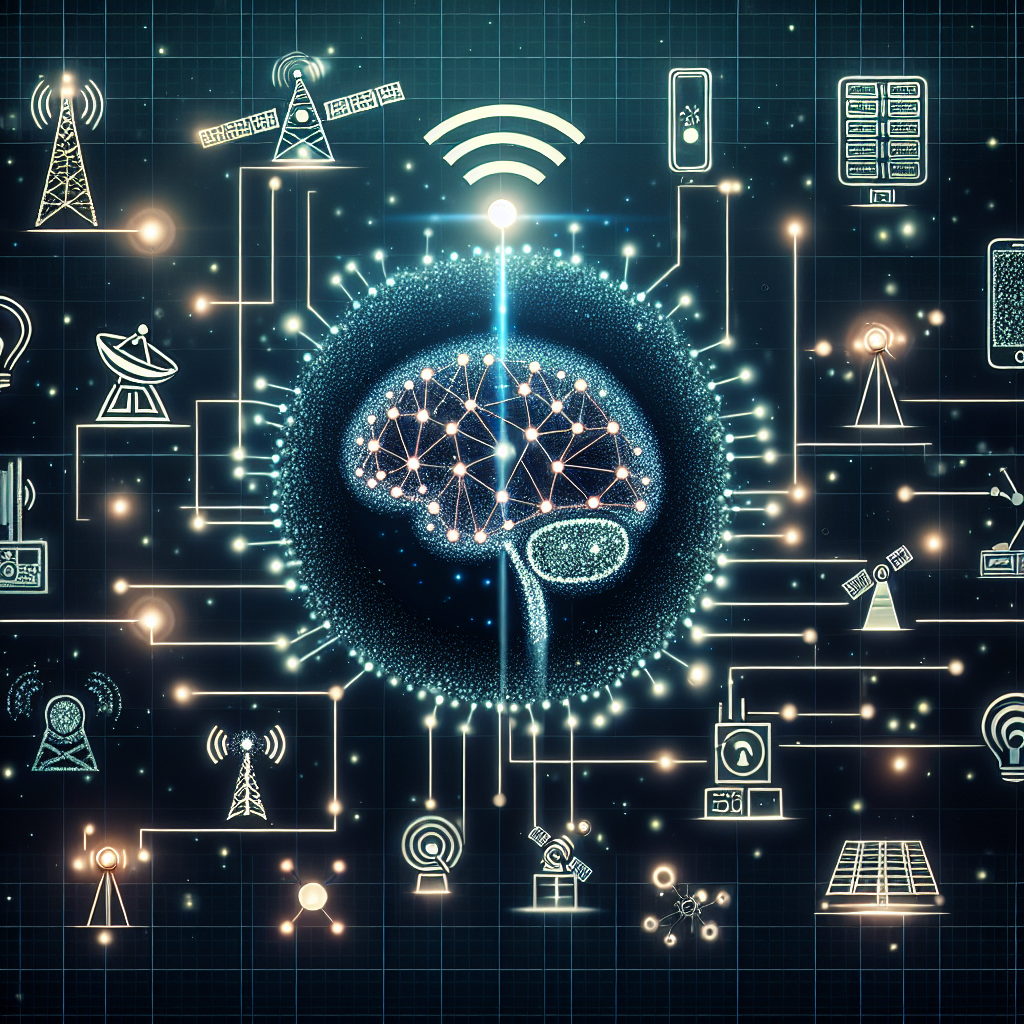Artificial intelligence (AI) has revolutionized the way businesses interact with their customers, especially in the telecommunications industry. AI-driven personalization is changing the game by allowing companies to provide more customized and relevant services to their users. In this article, we’ll explore how AI-driven personalization is transforming the telecommunications sector and discuss some frequently asked questions about this technology.
AI-driven personalization in telecommunications services involves using machine learning algorithms to analyze customer data and behavior in order to provide more personalized experiences. This can include personalized recommendations, targeted promotions, and tailored customer service interactions. By leveraging AI, telecommunications companies can better understand their customers’ preferences and needs, leading to higher customer satisfaction and loyalty.
One of the key benefits of AI-driven personalization in telecommunications services is the ability to improve customer engagement. By analyzing customer data in real-time, AI algorithms can predict customer behavior and preferences, allowing companies to offer more relevant and timely services. For example, AI can analyze a customer’s browsing history and recommend relevant products or services based on their interests. This level of personalization can help companies increase customer engagement and drive sales.
Another benefit of AI-driven personalization is increased customer satisfaction. By providing more relevant and personalized services, companies can enhance the overall customer experience. For example, AI can be used to personalize customer service interactions by analyzing past interactions and tailoring responses to each individual customer. This can lead to faster resolution times and a more positive customer experience, ultimately increasing customer satisfaction and loyalty.
AI-driven personalization can also help telecommunications companies improve their marketing efforts. By analyzing customer data and behavior, AI algorithms can identify trends and patterns that can be used to create targeted marketing campaigns. For example, AI can analyze customer demographics and preferences to create personalized promotions and offers that are more likely to resonate with specific customer segments. This can lead to higher conversion rates and increased revenue for telecommunications companies.
Despite the many benefits of AI-driven personalization, there are some challenges that telecommunications companies may face when implementing this technology. One challenge is ensuring the privacy and security of customer data. With AI algorithms analyzing vast amounts of customer data, companies must ensure that this data is protected and used responsibly. Failure to do so can lead to privacy concerns and damage the company’s reputation.
Another challenge is the complexity of implementing AI-driven personalization. Telecommunications companies must have the necessary infrastructure and expertise to successfully implement AI algorithms and analyze customer data. This can be a significant investment in terms of time and resources, but the potential benefits of AI-driven personalization make it a worthwhile endeavor for many companies.
FAQs:
Q: How does AI-driven personalization benefit telecommunications companies?
A: AI-driven personalization allows telecommunications companies to provide more customized and relevant services to their customers, leading to higher customer satisfaction and loyalty. This technology can also help companies improve customer engagement, marketing efforts, and overall customer experience.
Q: What are some examples of AI-driven personalization in telecommunications services?
A: Examples of AI-driven personalization in telecommunications services include personalized recommendations, targeted promotions, tailored customer service interactions, and targeted marketing campaigns. These personalized services help companies better understand their customers’ preferences and needs, leading to more relevant and timely offerings.
Q: What are the challenges of implementing AI-driven personalization in telecommunications services?
A: Challenges of implementing AI-driven personalization in telecommunications services include ensuring the privacy and security of customer data, as well as the complexity of implementing AI algorithms and analyzing customer data. Companies must invest in the necessary infrastructure and expertise to successfully implement AI-driven personalization.
Q: How can telecommunications companies overcome the challenges of implementing AI-driven personalization?
A: To overcome the challenges of implementing AI-driven personalization, telecommunications companies must prioritize data privacy and security, invest in the necessary infrastructure and expertise, and carefully plan and execute their AI initiatives. By addressing these challenges, companies can successfully leverage AI-driven personalization to improve customer satisfaction and drive business growth.
In conclusion, AI-driven personalization is transforming the telecommunications industry by allowing companies to provide more customized and relevant services to their customers. This technology offers a wide range of benefits, including improved customer engagement, satisfaction, and marketing efforts. While there are challenges to implementing AI-driven personalization, companies that invest in the necessary resources and expertise can successfully leverage this technology to drive business growth and improve the overall customer experience.

